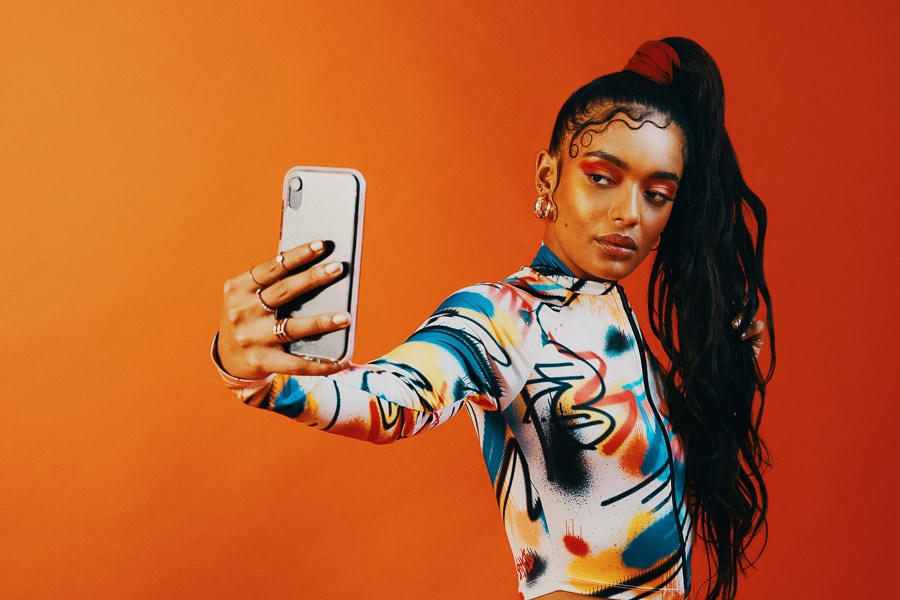
How fast fashion is still riding high on social media
Responsible fashion seems to be the buzzword in the luxury vocabulary. But social networks are still fueling the bull run of high fashion where brands such as Zara, H&M, Mango, and Shein rule
 Image: Delmaine Donson / Getty Images
Image: Delmaine Donson / Getty Images
Sustainable, ethical and responsible fashion is everywhere (or almost) right now, with its innovations, its new materials, and its new production processes. But is it really so ubiquitous that it's now overshadowing fast fashion? Not on social networks, where—on Instagram, at least—the most mentioned brands are largely part of what many now call "fast fashion." There's still a long way to go, it seems.
The fashion industry is all about sustainable development right now and, since the beginning of the pandemic, the sector has accelerated its transition to a more responsible model. As a result, every day there is talk of new collections, new materials and even new brands, all responding to the (new) expectations of consumers. But what impact is this really having? Have the so-called sustainable and conscious brands become must-haves, especially among the younger generation, who are supposedly more committed to such causes? Not yet, according to the latest study from influencer marketing specialist Kolsquare,* analyzing the behavior of more than 100 fashion and accessories brands and 6.8 million posts on Instagram, TikTok, Twitter and Facebook.
The study reveals that two fast fashion giants—Zara and H&M—are the two brands most mentioned by influencers on Instagram in France. They come ahead of Kiabi, Shein, and Mango, but also Sézane, a brand with a significantly higher-end position and no doubt the one with the most advanced eco-conscious approach. Over in Spain, Zara also dominates the mentions, alongside Shein, while the About You brand leads the way in Germany, and Zara, H&M and ASOS are popular in the UK.
Fast fashion therefore seems to have ruled over social media in the past year, testifying to user interest in these fashion giants. While some so-called sustainable brands seem to make occasional breakthroughs, it's still a far cry from the tidal wave expected, claimed or hoped for.




